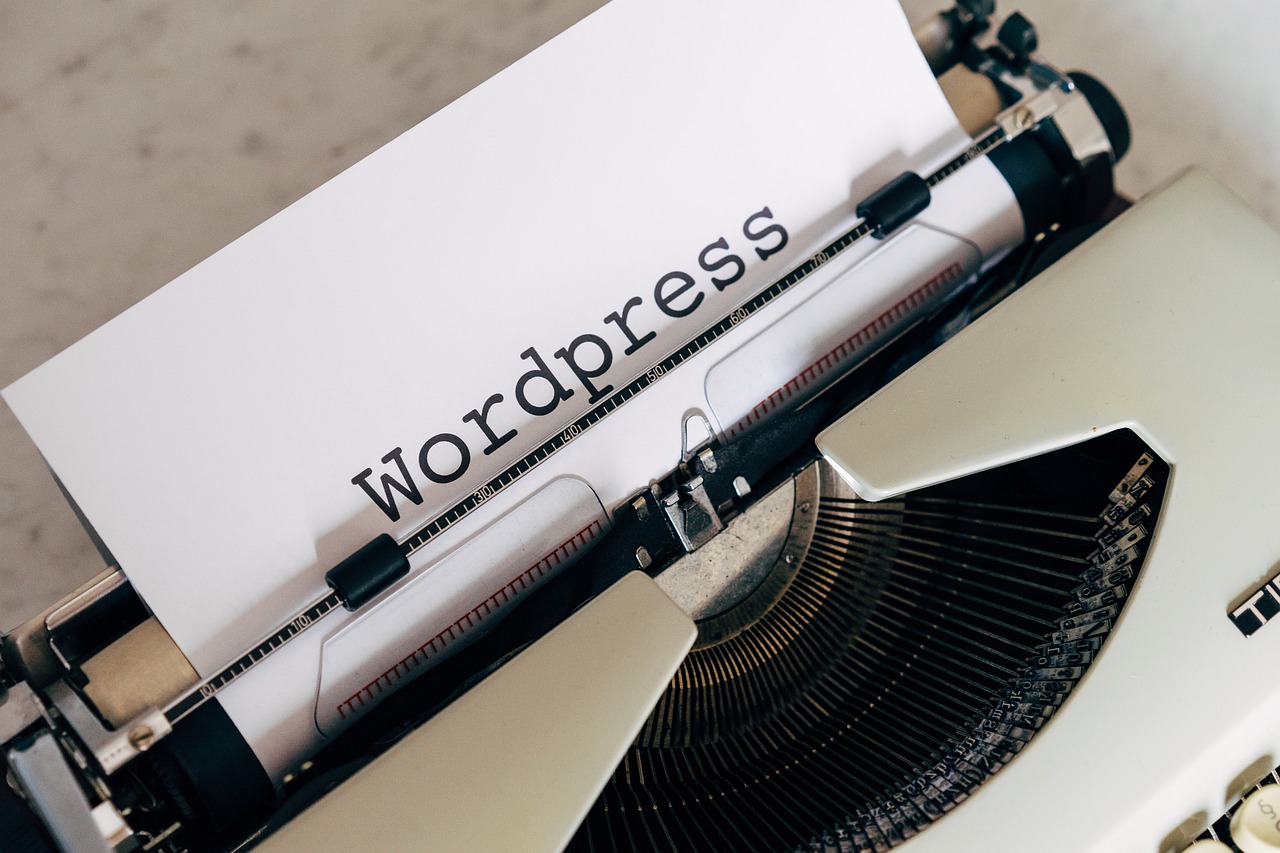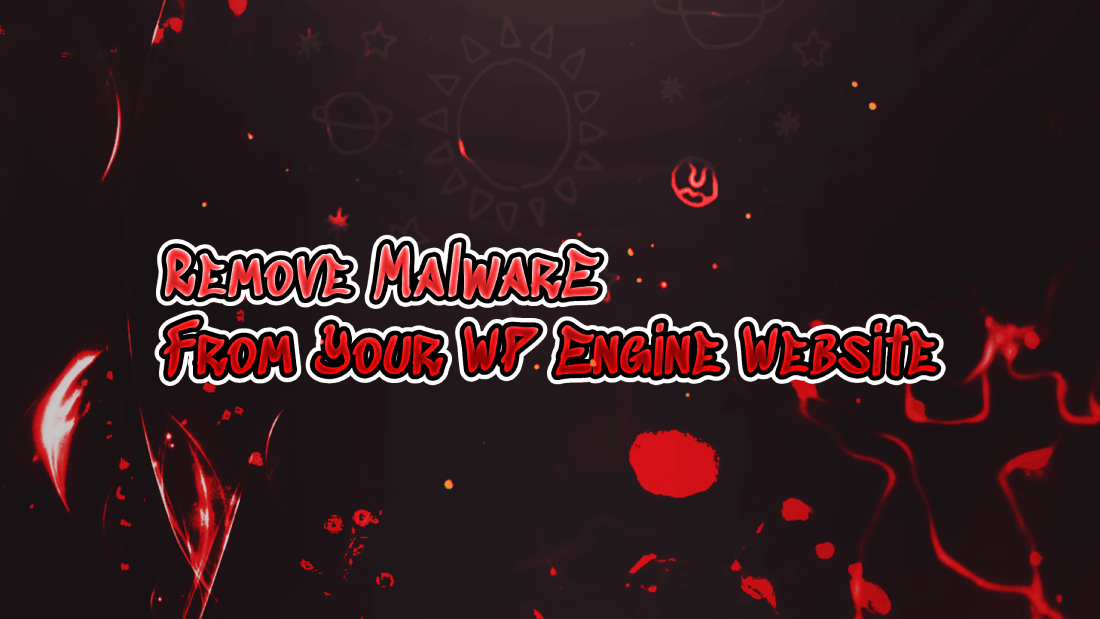Automatic WordPress Alerts: As a WordPress blog user, what you’ll inevitably have to do is run updates if you haven’t already. And security patches, in particular.
One choice for upgrading the WordPress blog is to get it modified automatically in the background, something that has been enabled by WordPress since version 3.7.
You might think that automating these big updates may seem like the proper direction to take for the sake of comfort and ease, but is it really?
This is not, in fact, a decision that is as easy to make as it seems.
Your blog’s protection must be of the utmost importance to you, and it’s also something that’s a phase, not a one-time deal. Before any hackers find it, you have to check the website continuously for security vulnerabilities and glitches, and then introduce fixes.

In other words, it would take non-stop commitment to keep your WordPress blog safe from hackers. But considering what you might think, this is precisely why it might not necessarily be the right idea to run automated WordPress updates.
Let’s go over the pros and cons of automated plugin updates running so that you can determine what is the right route for you:
Automatic WordPress Updates: Cons
The key drawbacks to automating your WordPress updates are here:
You Can Lose Traffic
One of the apparent effects of automating the WordPress posts is that it instantly executes every update. As the administrator of the website, you can quickly lose track of the improvements and small updates being made.
While this does not seem like a big deal to you, the irony is that not understanding which changes are being made to the website suggests that it is possible to add patches or plugins that are incompatible with the rest of the website. For eg, an upgrade has a service level prerequisite that the rest of the system has not met.
This will almost definitely result in a ‘ERROR’ screen displaying on any of the website sites, resulting in a large amount of the traffic being missed.
But if this isn’t bad enough, then…
Your Site Could Crash
Website crashes are not just caused by poor WordPress hosting. Contrary to common opinion, dedicated servers are not just a workaround. Automatic updating will lead to a crash as well. This depends primarily on what sort of improvements and changes are made. Old add-ons and plugins may not be compliant with current releases of WordPress Core modifications.
This would cause the website to fail, and that’s why experts on WordPress pages almost ever suggest making automated WordPress updates.
To put this into context, it means that a single modified plugin could actually result in the crash of the entire site that you would have to spend time restoring.
You Could Loss Data
If your WordPress site ever crashes, you’ll pray that a recent backup has been made. WordPress crashes are not exactly easy to repair (as you’re going to have to find out what’s specifically caused the crash), and a recent WordPress backup is the only way you’ll be able to recover everything.
This means that if the site fails, you face a substantial risk of losing a lot of data, even significant customer data if you don’t have a sufficient backup. Plus, with the website crashed, all traffic will come to a screeching halt.
In short, the main issue with automated WordPress changes is that, unlike if you had to manually update your blog, you would have no idea about what is currently being changed, which means that you face a considerable risk of any of your pages falling into error if your whole website does not fail and you lose data (and traffic).
That being said, automating the alerts still has perks, which is what we’ll talk about next.
Automatic WordPress Updates: Pros
The key pros for automating the WordPress updates are here:
Reduces Workload
There is no doubt that it is easy to simplify your updates and thus restrict your workload, but as we have shown, there is simply a massive danger that balances this.
Automating some of the changes and manually installing others might be a reasonable compromise. For instance, let WordPress upgrade automatically while you manually update theme or plugin add-ons. This will, at the very least, allow you to save time.
And of course, by saving time and reducing your total workload, you’ll be able to devote more of your time and resources on increasing your company.
Respond Faster to Updates
The protection of your blog must be of utmost importance to you, as we mentioned previously in the introduction, and checking your website for bugs and defects is an ongoing and never-ending process.
With that in mind, this is why automating the WordPress blog could help make it more secure: automating the process ensures that the WordPress plugins or themes upgrade automatically anytime the developers release a vulnerability fix or new functionality.
This reduces the chances that updates will be postponed. Automated updates come as a saviour, as delaying updates could lead to security problems.
In order to run the most recent version and can identify and patch security gaps and bugs before hackers exploit them, developers can actually allow WordPress users to automatically upgrade the features. This will not only make your website more stable, but also more usable.
Today, as we spoke about earlier, automated WordPress notifications can also be a significant drawback. Updating the plugin can not be consistent with the rest of the web, leading to serious issues. But here, what is the right solution?
Paying attention to who the creator is is the golden guideline to obey here. You should make sure to upgrade the plugins automatically as long as the developer has created a huge name for themselves and is worried for their image.
But if the developer is a smaller programmer, odds are high that you would not allow them to automatically execute code without review on your website.
Conclusion
What firm conclusions can we draw about automated WordPress notifications based on the above information?
The strongest conclusion that we can draw is that they are not necessarily the easiest or smartest alternative, though automatic notifications are handy. Hence, it is not a safe idea to use a WordPress automatic updater. It is not an alternative to customize automated context notifications.
To repair bugs, it’s cool to get the advantage of fresh security fixes, but upgrades ruin your web. You’ll want to make sure that your plugin compatibility won’t be affected by those upgrades. It will keep your website from crashing by using a staging platform to first see if the patches are consistent with your website.
The most basic security precaution for any WordPress website is to refresh the WordPress pages periodically. Ignoring notifications will compromise the web. And if you are concerned about wasting so much time reviewing your websites on a regular basis, it might be a way to use a single dashboard from which you can check all your pages. Security providers such as MalCare provide features that enable you from the dashboard itself to upgrade all the WordPress websites. This ensures that for tracking and upgrading extensions, templates or WordPress core that are old, you don’t have to log in to each of the websites. While your site stays healthy, you can spend this saved time in increasing your company.
We hope you’ve found this article useful and please email us if you have any questions. Thanking you for caring.















Leave a Reply